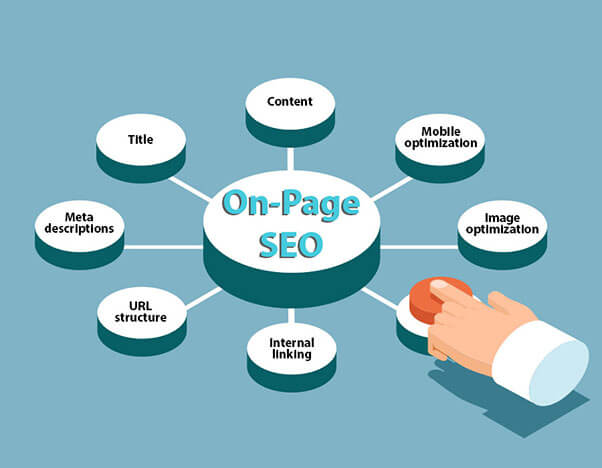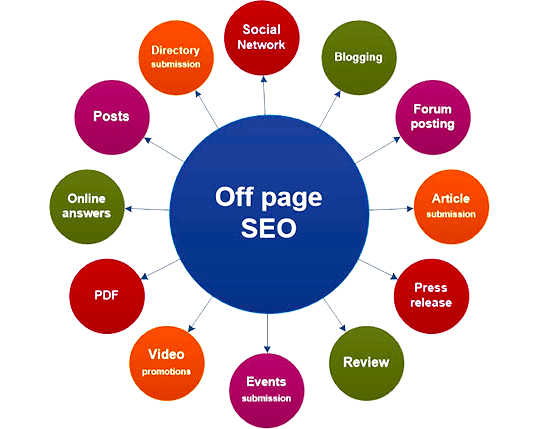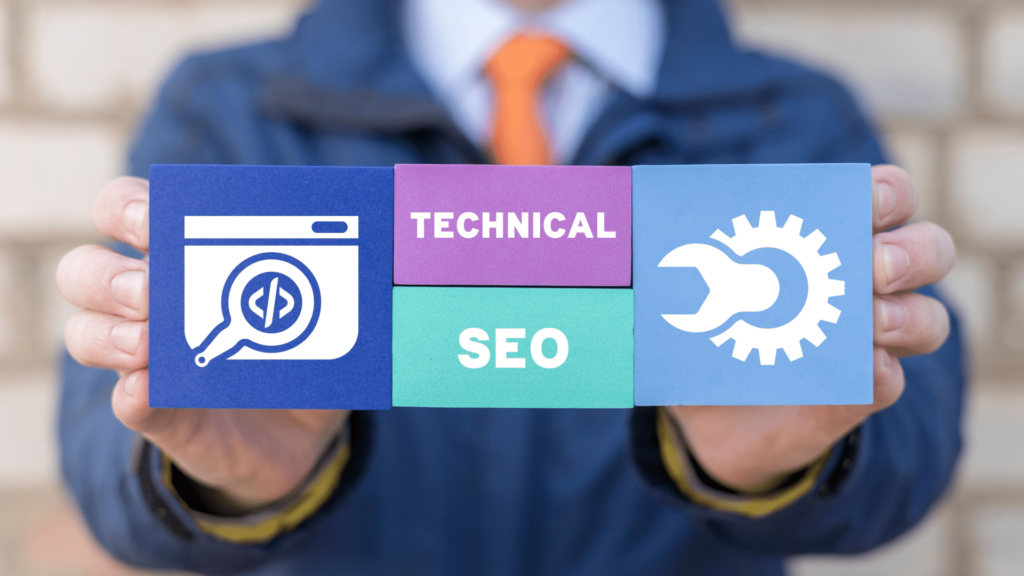Search Engine Optimization
The process of optimizing a website to increase its visibility on search engines like Google is known as SEO (Search Engine Optimization). It entails improving technical elements like site speed and mobile friendliness, producing high-quality content, and utilizing pertinent keywords. By improving a website’s position in search results, SEO increases organic (unpaid) traffic. Technical SEO (backend performance), off-page SEO (backlinks and authority), and on-page SEO (content and structure) are the three primary categories. Conversions are increased, brand visibility is raised, and targeted visitors are drawn in by effective SEO (search engine optimization). For sustained online success and to reach potential clients without depending entirely on sponsored advertisements, it’s a crucial digital marketing tactic.
For companies trying to build a strong online presence, search engine optimization, or SEO (search engine optimization), is crucial. Businesses can increase organic traffic—visitors who find the website through unpaid search results—by optimizing their website for search engines. SEO (search engine optimization) is a cost-effective marketing strategy because, in contrast to paid advertising, it offers long-term, sustainable benefits. By making sure websites load quickly, are simple to use, and offer useful content, SEO (search engine optimization) also contributes to an improved user experience. This keeps users interested and motivates them to browse additional pages or finish desired tasks, such as buying something or subscribing to a newsletter. Additionally, by optimizing for keywords that correspond with user intent, SEO (search engine optimization)a ssists companies in focusing on particular audiences. SEO (search engine optimization) adapts website content to satisfy these demands, whether they are transactional, navigational, or informational queries. As search engines evolve with artificial intelligence and machine learning, SEO (search engine optimization) strategies continue to adapt, focusing more on quality, relevance, and user satisfaction. Overall, SEO (search engine optimization) is a critical tool for growing visibility and staying competitive online.
On Page SEO

The process of optimizing individual web pages to rank higher and generate more relevant traffic in search engines is known as “n-page SEO.” It includes a page’s HTML source code as well as its content. Enhancing the website’s usability and comprehension for both users and search engine crawlers is the aim of on-page SEO (search engine optimization).
Using pertinent keywords strategically in the page title, headings (H1, H2), URL, and throughout the content are important components of on-page SEO (search engine optimization). This aids search engines in comprehending the page’s subject. To increase click-through rates, the meta title and meta description should be precise, succinct, and contain the target keywords.
The quality of the content is also crucial. It should be unique, educational, and provide a satisfactory response to the user’s question. Content that adds value and aligns with user intent is given priority by search engines. Internal linking facilitates easy navigation for both users and search engines by connecting related pages within the website.
On-page SEO (search engine optimization) also heavily relies on other technical elements such as mobile friendliness, page speed, structured data (schema markup), and image optimization (using appropriate alt text). In addition to improving user experience and engagement, a well-optimized page greatly increases the likelihood of ranking higher on search engine result pages.
Off Page SEO

Off-Page SEO refers to all the activities carried out outside of your website to improve its search engine rankings and authority. Unlike on-page SEO, which focuses on optimizing elements on your own site, off-page SEO aims to build your site’s reputation and trustworthiness in the eyes of search engines through external signals.
The most important aspect of off-page SEO is backlink building. Backlinks are links from other reputable websites that point to your site. They act as votes of confidence, telling search engines that your content is valuable and trustworthy. The quality and relevance of these backlinks matter more than the quantity. Links from authoritative, industry-related sites carry more weight.
Technical Seo

The goal of technical SEO is to improve a website’s backend architecture and functionality so that search engines can efficiently crawl, index, and rank it. Enhancing site speed, making sure the site is mobile-friendly, setting up a secure HTTPS connection, and repairing errors or broken links are all important components. While indexability guarantees that pages can be added to search results, proper crawlability means that search engines can readily access your content. Schema markup, or structured data, aids search engines in comprehending the context of your content. By making your website quick to load and easy to use, a well-optimized technical SEO foundation improves user experience, raises rankings, and supports other SEO initiatives.
